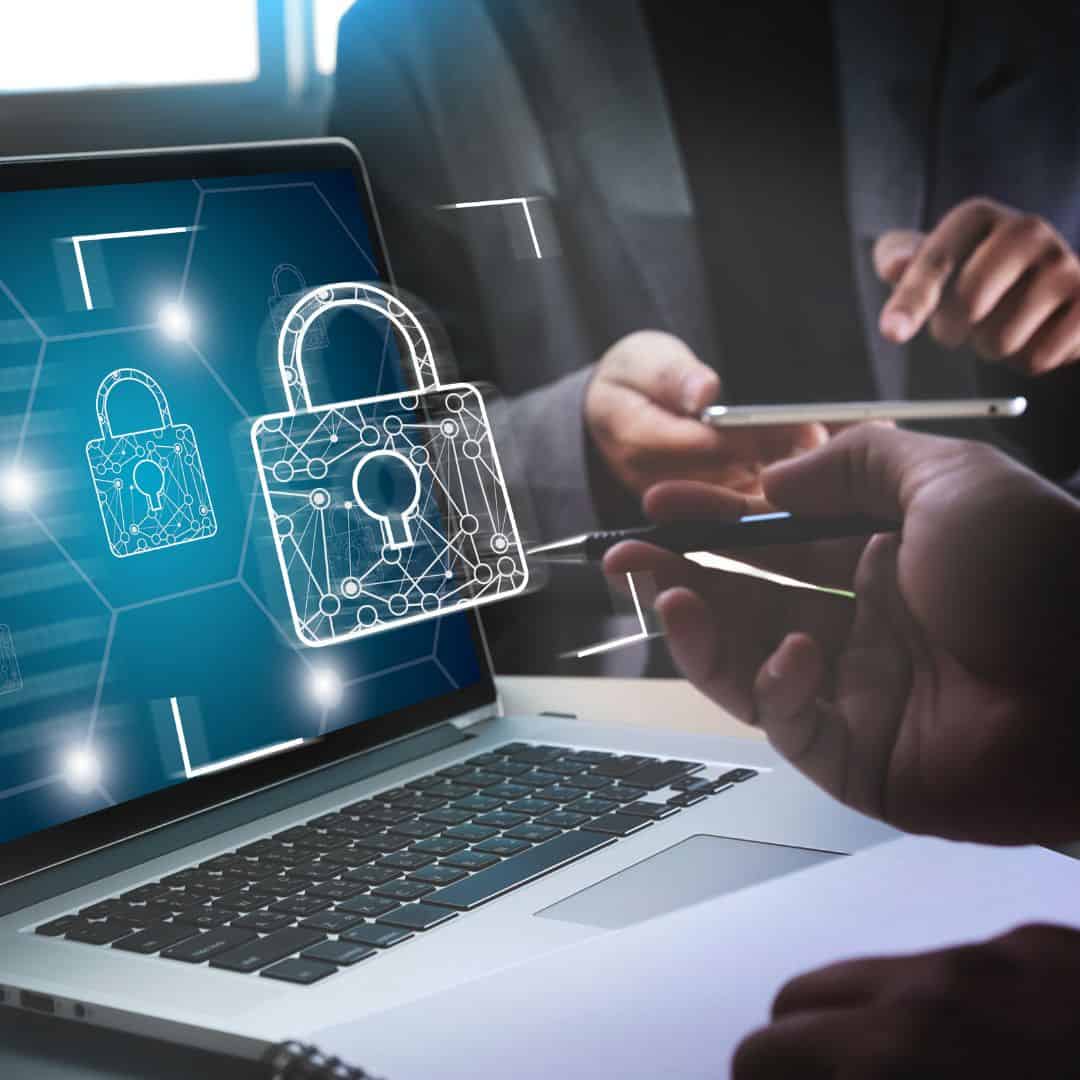Do physical and cybersecurity need to converge?

In recent years, there has been so much made of the need for increased cybersecurity that, for many, physical security has become something of secondary concern. The fact of the matter is, however, that they might not actually be completely separate entities for long. Indeed, there are already signs of convergence happening, with many modern physical security systems connected to digital networks that are controlled and operated in the same manner as cybersecurity services.
According to Scott Borg, the Director of the US Cyber Consequences Unit: “As long as organisations treat their physical and cyber domains as separate, there is little hope of securing either one. The convergence of cyber and physical security has already occurred at the technical level. It is long overdue at the organisational level.”
Rebuilding after the pandemic
There has been much made about how the COVID-19 pandemic has shifted the goalposts somewhat as far as digital transformation is concerned. Millions of office workers across the globe were forced to work from home for months, leaving offices empty and all security focus entirely on remote working cybersecurity protocols.
We’re living in a post-pandemic age where many of us still split our time between working from home and working at the office. In such a landscape there are always going to be a disconnect, as your home cybersecurity measures are unlikely to be as comprehensive as the cybersecurity measures in place at work.
The only solution must be an integration of physical and cybersecurity that takes into account our increased dependence on data. This is true for the following reasons:-
The internet of things – Early in 2021, a hacker was able to remotely hack into a water treatment plant in Florida and contaminate the water supply for an entire town. The intrusion was mercifully stamped out before the water could reach the public but that doesn’t make it any less terrifying. The internet of things has found its way into almost every facet of our lives and if the systems that control our lives are connected, why are our security systems not?
Posturing – Siloed security departments that don’t communicate will always expose gaps that criminals are able to leak through. Integrated security means threats are easier to predict and any overlaps are taken care of before they can escalate.
Crisis management – While the pandemic was brewing and everyone was at home, legions of hackers and ‘traditional’ criminals were able to up their games, so to speak, and we’ve emerged post-pandemic (almost) into a working world a little more dangerous than it was before. Converging security teams will allow businesses to manage the impact of breaches and manage a crisis in a more holistic and organised manner.
Communication – Cohesion among staff and systems is always going to mean better communication. You’re going to need to bring the teams together and ensure they trust one another but once that trust is established you’ll be amazed how much smoother everything runs. Offering cross-training to employees is always going to be helpful here.
Cost – Coordinating siloed teams and making sure they are “on the same page” takes both time and resources. Also, the more separate the teams are, the more likely you’re going to need duplicated security roles in each situation. Security convergence not only cuts down the number of physical bodies needed but cuts down on replacement and maintenance costs too.
Converging physical and cybersecurity is a no-brainer. If you want to learn more, feel free to contact us today.
